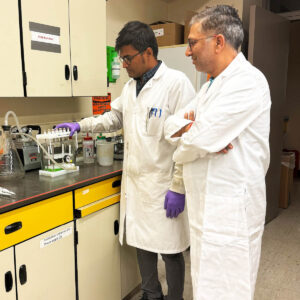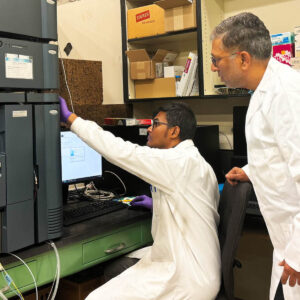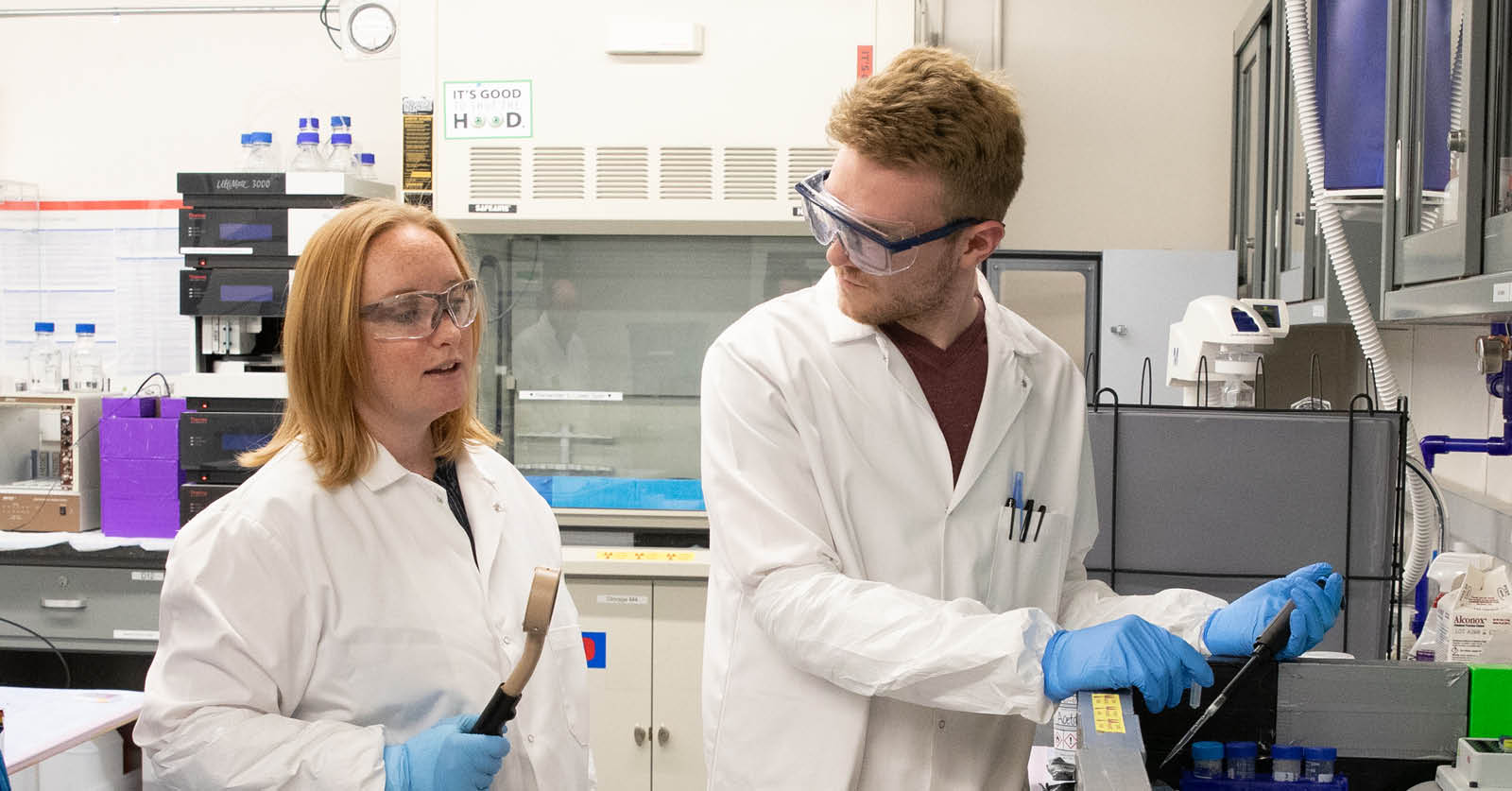The American Society of Civil Engineers (ASCE), the nation’s oldest engineering society, has been supporting Civil & Environmental Engineering students at the University of Utah since 1924. For a century, the ASCE Student Chapter has been providing students with invaluable opportunities outside the classroom, preparing them for successful professional careers.
On Thursday, September 16, 2024, the chapter celebrated its 100th anniversary by hosting a banquet with distinguished guests, including Feniosky Peña Mora, ASCE national president-elect, and Larry Magura, ASCE Region 8 director. Several notable department alumni also attended, including Blaine Leonard, former chapter president and ASCE past president, as well as Anna Lisonbee and Austin White, who revitalized the chapter in 2017. Easton Hopkins, who continued their legacy, was also present.
Dr. Christine Pomeroy, Professor of Civil & Environmental Engineering and the chapter’s faculty advisor since 2015, shared insights into the chapter’s history during the event. She reflected on the chapter’s beginnings in 1924, just 21 years after the Civil Engineering Department was founded. Despite changes over the decades, the chapter has remained committed to advancing civil engineering and fostering professional growth.
Throughout its history, the chapter has achieved numerous accolades. From 1995 to 1997, the U dominated the Rocky Mountain Region’s concrete canoe competition, earning top awards in subsequent years. The chapter has consistently been recognized as one of the top 5% of ASCE student chapters, particularly during the 1950s, 60s, and 70s. They also excelled in steel bridge competitions, with first-place finishes from 1999 to 2001 and third place in 2016.
“As we reflect on our history, we feel a deep sense of pride in the accomplishments of our members,” said Dr. Pomeroy at the banquet. “As civil engineers, we have the unique opportunity to shape the world around us,” continued Dr. Pomeroy. “Our work has the power to improve lives, build communities, and create a sustainable future.”
Recent achievements include winning the Timber Strong competition in 2022, marking the first year of ASCE’s new student conferences. The chapter also took second place in this year’s Construction Competition and student Erik Bond secured second place in the Ethics Paper Contest. Additionally, Summer Stevens won the prestigious Mead Paper contest in 2022.
This year, the chapter was honored with the Region 8 Outstanding Student Chapter award, a recognition they’ve strived for since 2018. As the ASCE Student Chapter celebrates this remarkable milestone, it does so with pride in its past and optimism for its future.
More news from our department:
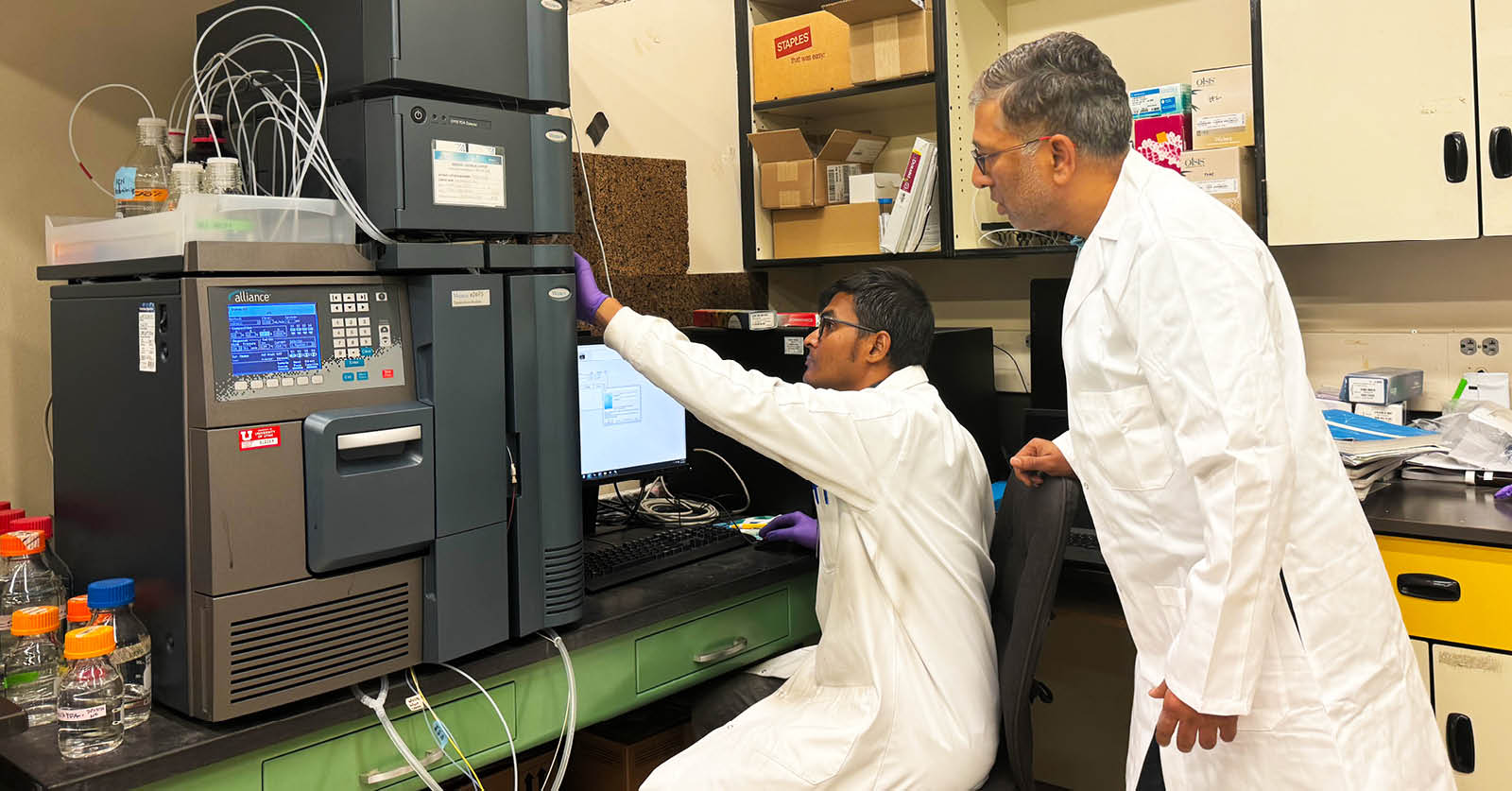
Fighting Forever Chemicals
Dr. Ramesh Goel Leads $1.6M EPA Research on PFAS Known as “forever chemicals,” per- and polyfluoroalkyl substances (PFAS) are a group of synthetic chemicals that have been widely used in various industrial and consumer products, such as non-stick cookware, water-repellent clothing, and firefighting foams. Their resistance to degradation combined with their potential to accumulate in […]
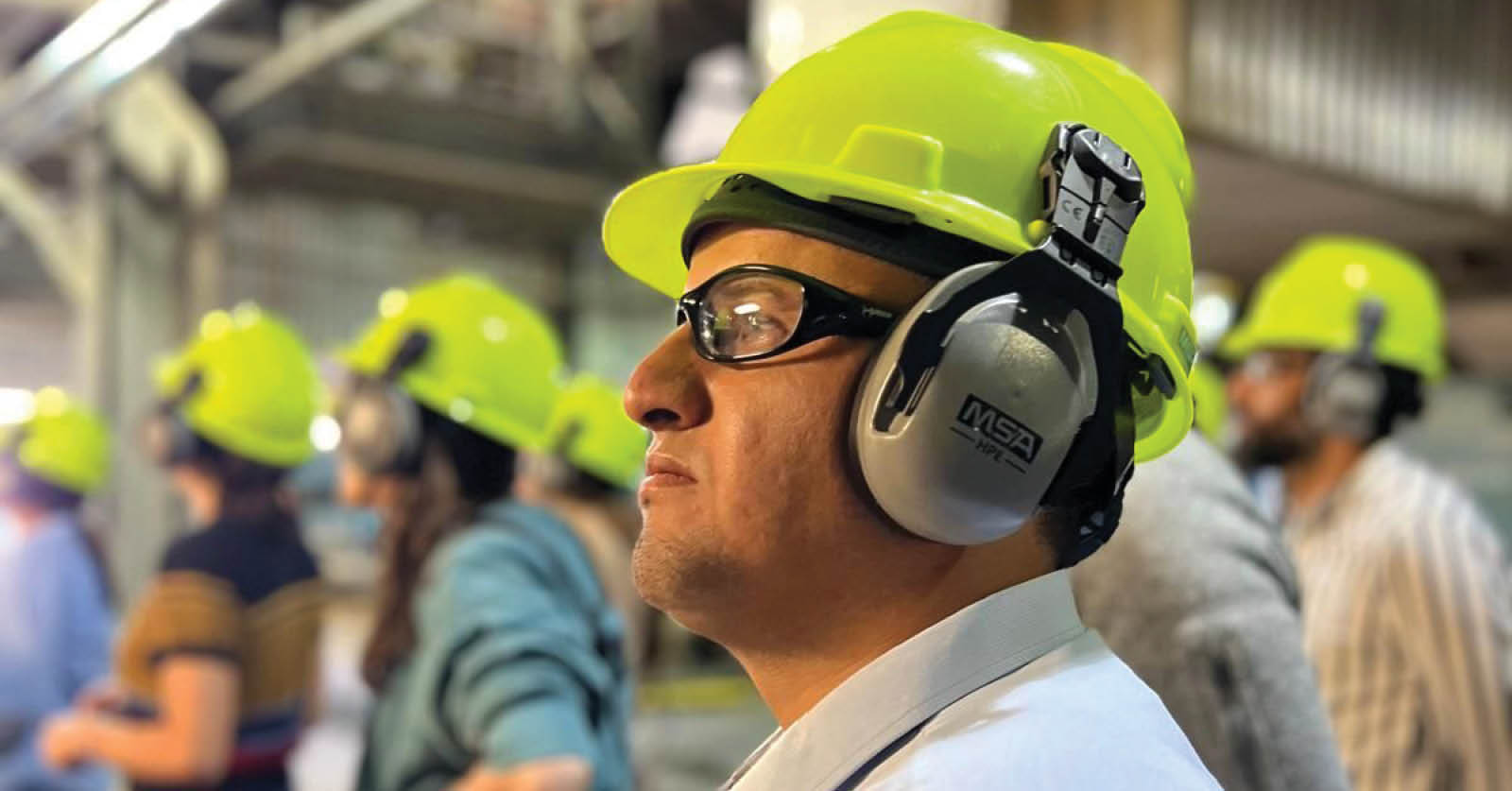
PhD Student Omar Bakelli Completes RECS 2024 Program
Bakelli’s Participation Propels Him into the Forefront of Carbon Sequestration Research University of Utah PhD student Omar Bakelli recently participated in the 20th annual Research Experience in Carbon Sequestration (RECS) program, held from July 21-30, 2024, across Colorado and Wyoming. Sponsored by the U.S. Department of Energy (DOE), RECS 2024 provided an immersive experience for […]
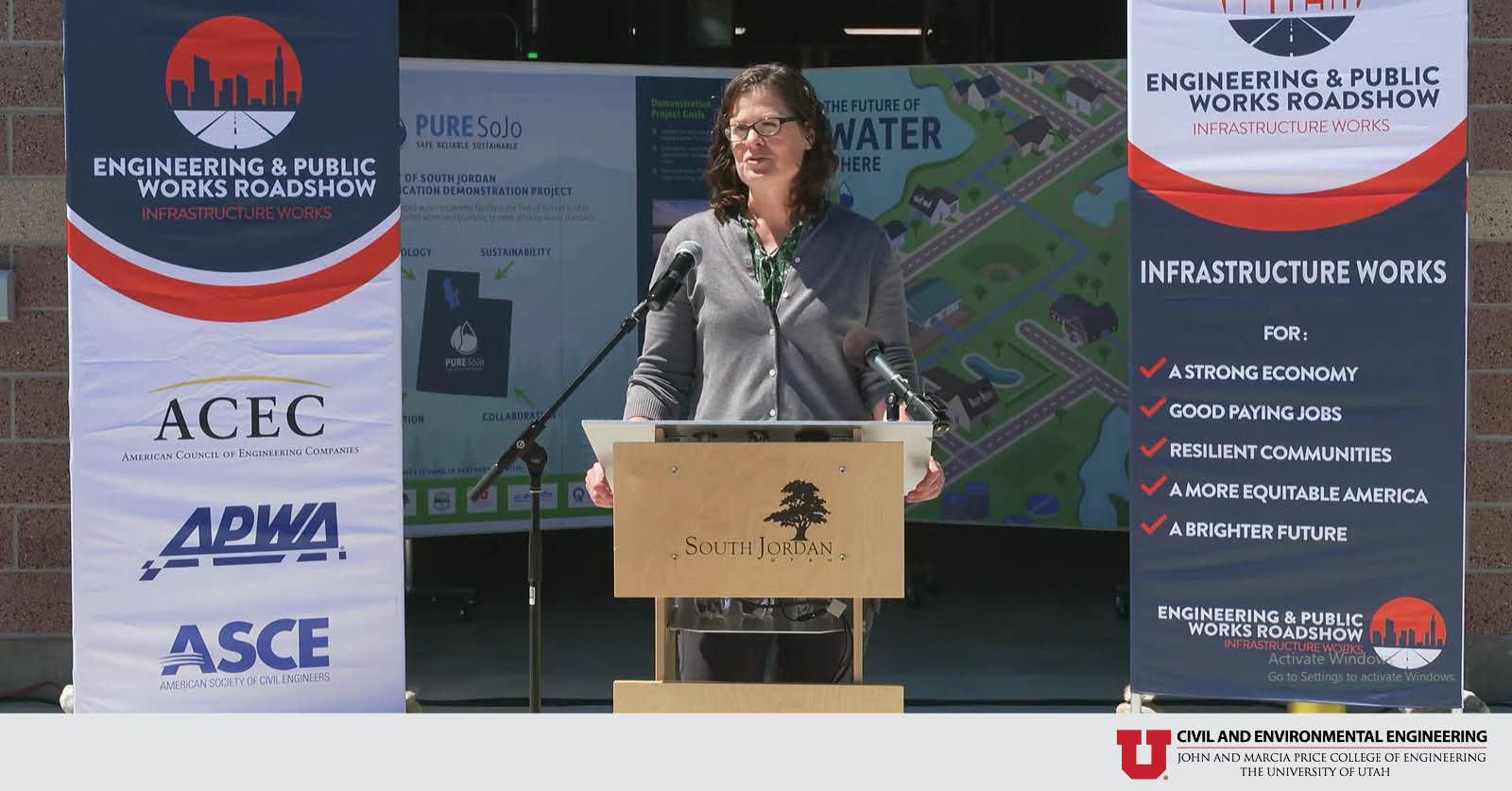
From Classroom Concepts to Real-World Impact
Dr. Weidhaas Champions Local Solutions for Water Reclamation in Arid Utah On June 18, 2024, Environmental Engineering Professor Dr. Jennifer Weidhaas shared her insights and experiences with the groundbreaking PureSojo project as part of the Engineering & Public Works Roadshow. This innovative initiative, developed in collaboration with the City of South Jordan, represents a significant leap […]
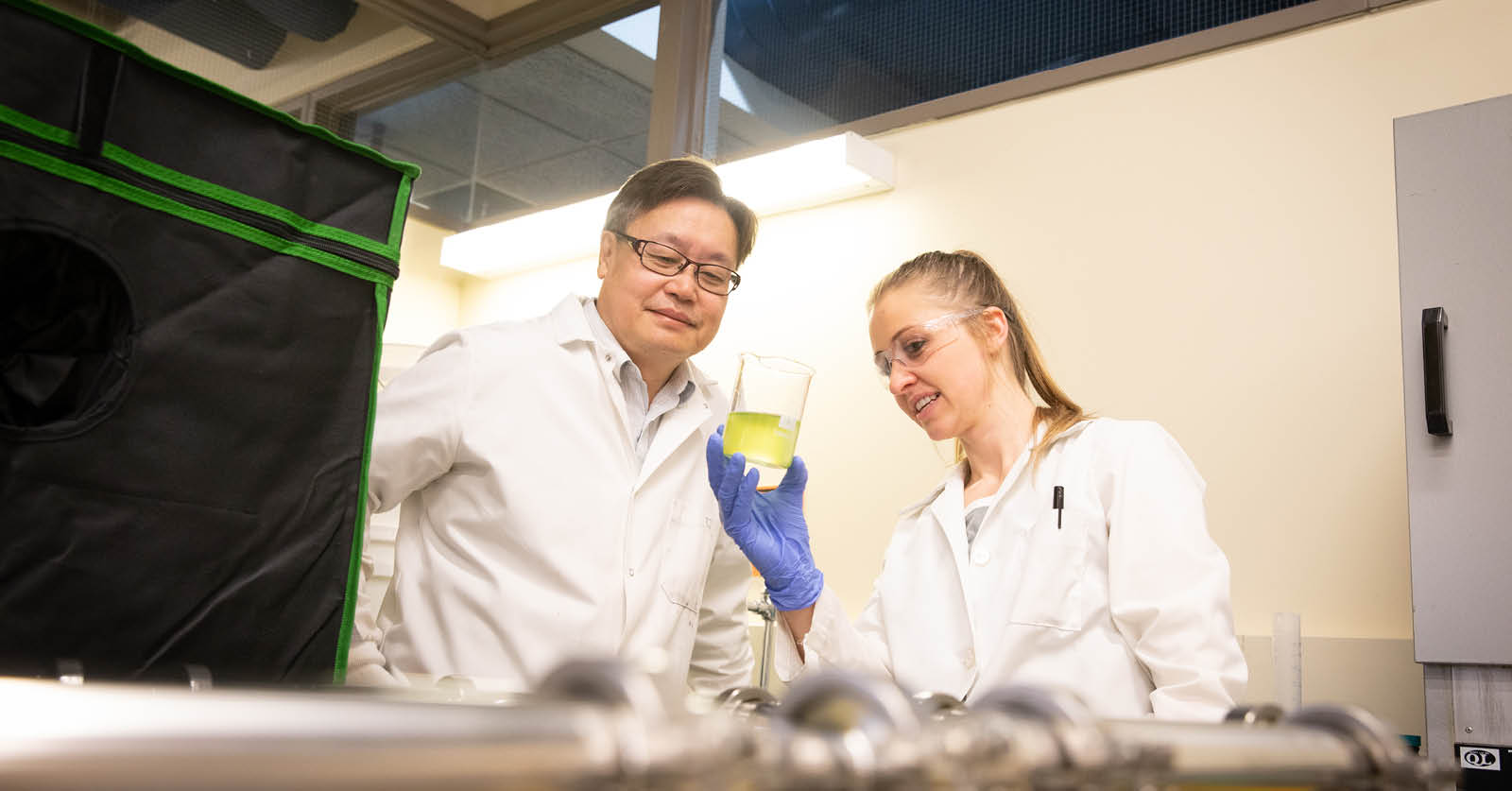
Nanobubbles: Tiny Powerhouses with Huge Potential
University of Utah Environmental Engineering Professor is at the Forefront of New Nanobubble Technology Peculiarly powerful, nanobubbles have opened a new frontier in science and engineering, creating promising environmental and medical applications. But what exactly is a nanobubble? Imagine a tiny water bubble that’s 2,500 times smaller than a single grain of salt. Then imagine […]

